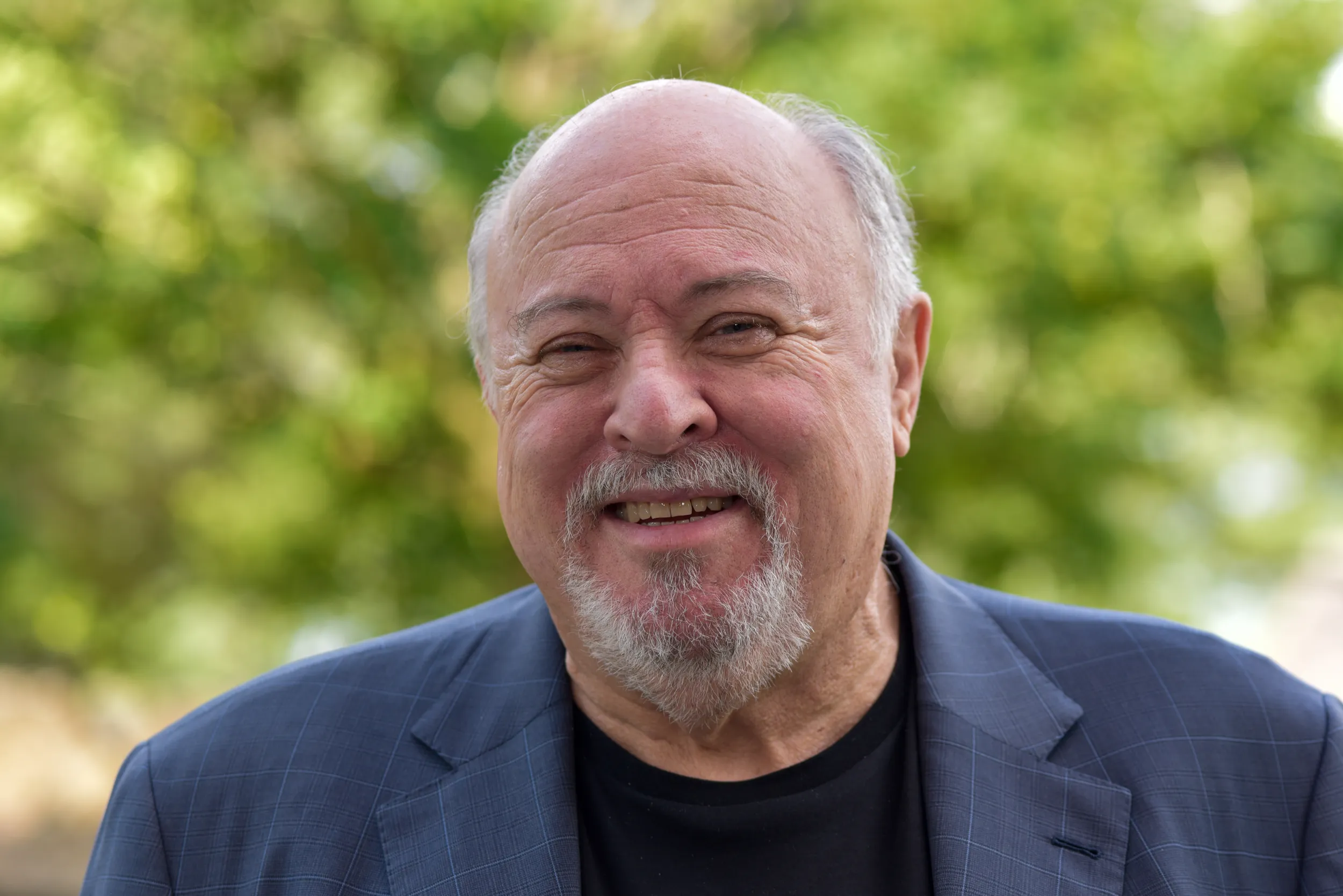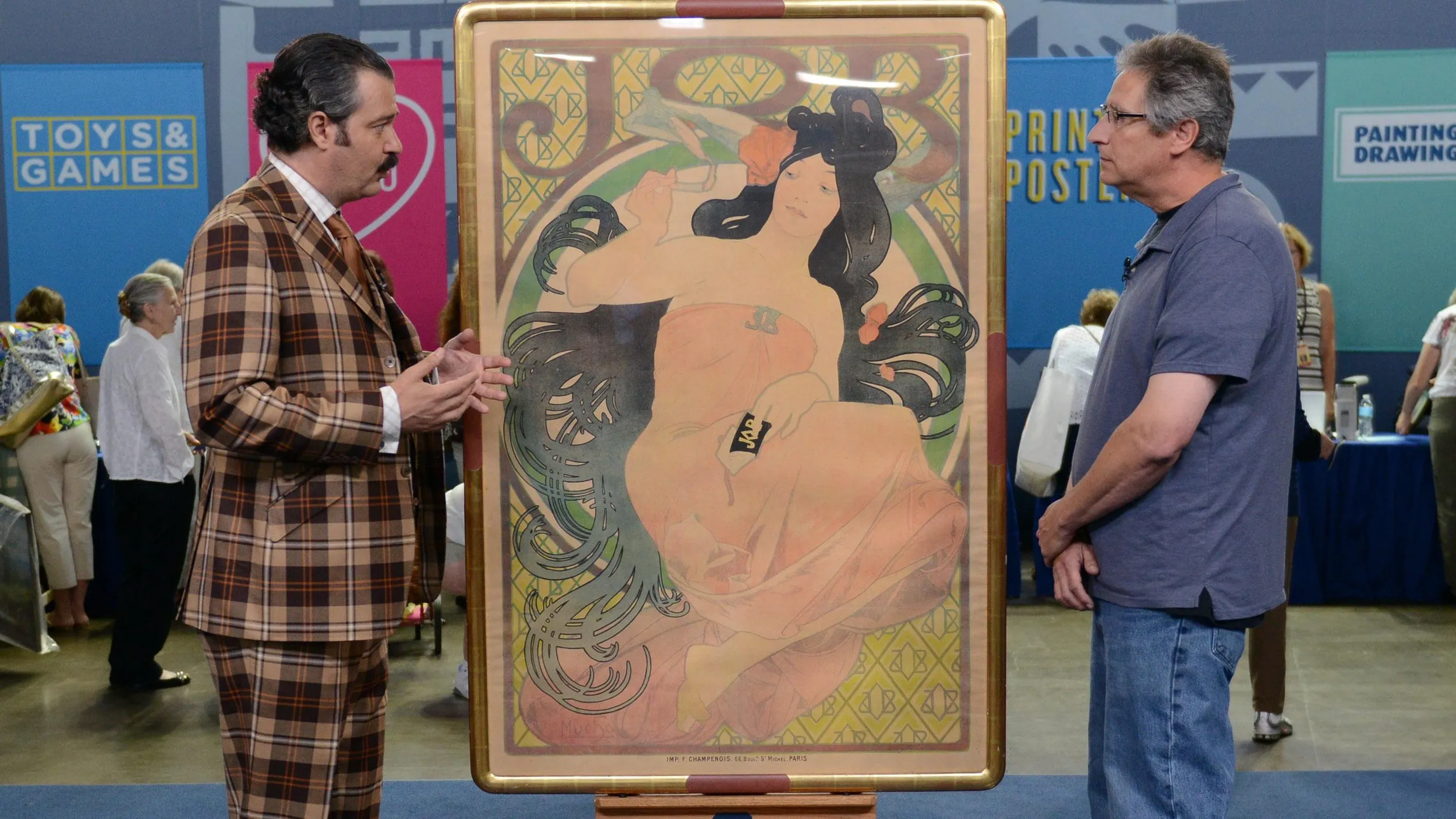GUEST: I think we bought it in 2005. I was told it's a ghost dancer dress. There was a society, the Ghost Dancer Society. And this was in, like, the 1890s to the 1900s. But then the government decided that was getting too strong, so they made it illegal for them to have these Ghost Dancer ceremonies.
APPRAISER: The Ghost Dance came out of Nevada, and was the result of visions by a Paiute prophet named Wovoka. And Wovoka believed that the old ways were going to come back. He lived out in severe desert conditions. He was not a buffalo hunting person. But a lot of people from the Plains tribes came to visit him by train. And Cheyenne sat down with him, Arapaho sat down with him, the Sioux. And they took up this religion. And part of the religion was a round dance. And it's what we all today, if we were out dancing at a powwow, we'd be calling the round dance. And they would do this dance, and they believed that that would help the past come back, where the buffalo would return, and things would get better again. The end of it all was basically the massacre at Wounded Knee, at Pine Ridge, where Lakota Sioux were shot down and killed by U.S. 9th Cavalry, and also infantry, in late December of 1890. Sitting Bull was assassinated by tribal police about two weeks earlier. They had automatic Hotchkiss guns. And U.S. military soldiers were killed at the same time in the crossfire. A lot of people died. It was a huge tragedy. And the Ghost Dance didn't stop, but it backed off a lot. It was banned on some of the agencies at certain reservations, but not nationwide. The Arapaho continued to practice it. The Cheyenne continued to practice it. They practiced it in conjunction with the Sun Dance. I have seen Kiowa Ghost Dance dresses that were made as late as 1920, 1930. The bad news is this is not an old dress. It's a very beautiful dress, and it's made in completely the traditional ways. The problem is it shows no wear. It doesn't show any signs of use at all, and the hides are recently tanned. All these seams, they're sewn with animal sinews. Somebody really went over the top to make this right. Now, that being said, what did you pay for it?
GUEST: $3,000.
APPRAISER: Okay. I don't think you overpaid at all. I think this dress would cost you $3,000 to $3,500 easily if it came up at auction. If it was in a gallery, slightly more. If this dress had documentation that could authenticate it as being an 1880s, 1890s era dress from the Ghost Dance, it could easily bring six figures.












